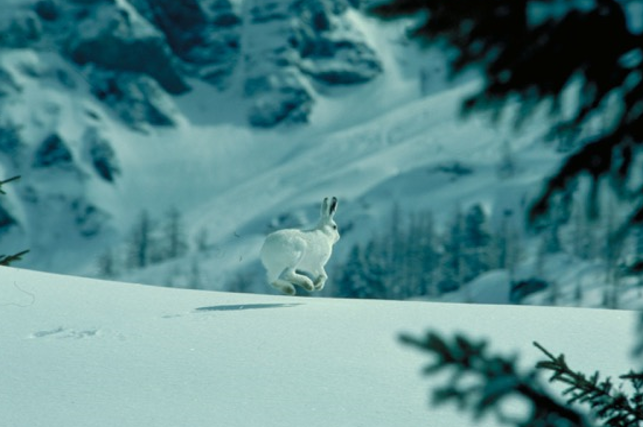Winter is the hardest time of year for wild animals. Snow, cold weather and lack of food mean animals need to do all they can to save energy. When black grouses or chamois are disturbed by humans during their winter resting period, they use up a lot of energy fleeing – and this is energy they need in order to survive. If disturbed repeatedly, they lose too much energy and may fall ill or even die. Respect to protect…
Respect to Protect – but how?
This is simple… Just plan your tour following 4 recommendations:
- Respect designated wildlife areas and wildlife reserves – they provide wild animals with undisturbed habitat;
- Stay on paths and designated routes in forests – this allows wild animals to adjust to human presence;
- Avoid forest edges and snow-free surfaces – this is where wild animals like to be;
- Keep your dog on leash, particularly in forests – wild animals run away from dogs running free.

Protected Areas
Designated wildlife areas and wildlife reserves have been established by authorities to protect wildlife and forest. Wildlife areas and wildlife reserves differ in legal status (legally protected or recommended), protection regulations and period of protection. In addition to general information, follow carefully information boards and signs on the ground.
Legal Basis
Designated wildlife areas and wildlife reserves are established according to current federal, cantonal and communal law. The data provided by the Confederation and cantons is binding. Details of designated wildlife areas and wildlife reserves are regularly updated on the ‘Respect to Protect’ campaign website and the Federal Office for the Environment’s information platform.
Find the interactive map and all details thanks to the “Respect to Protect” campaign


